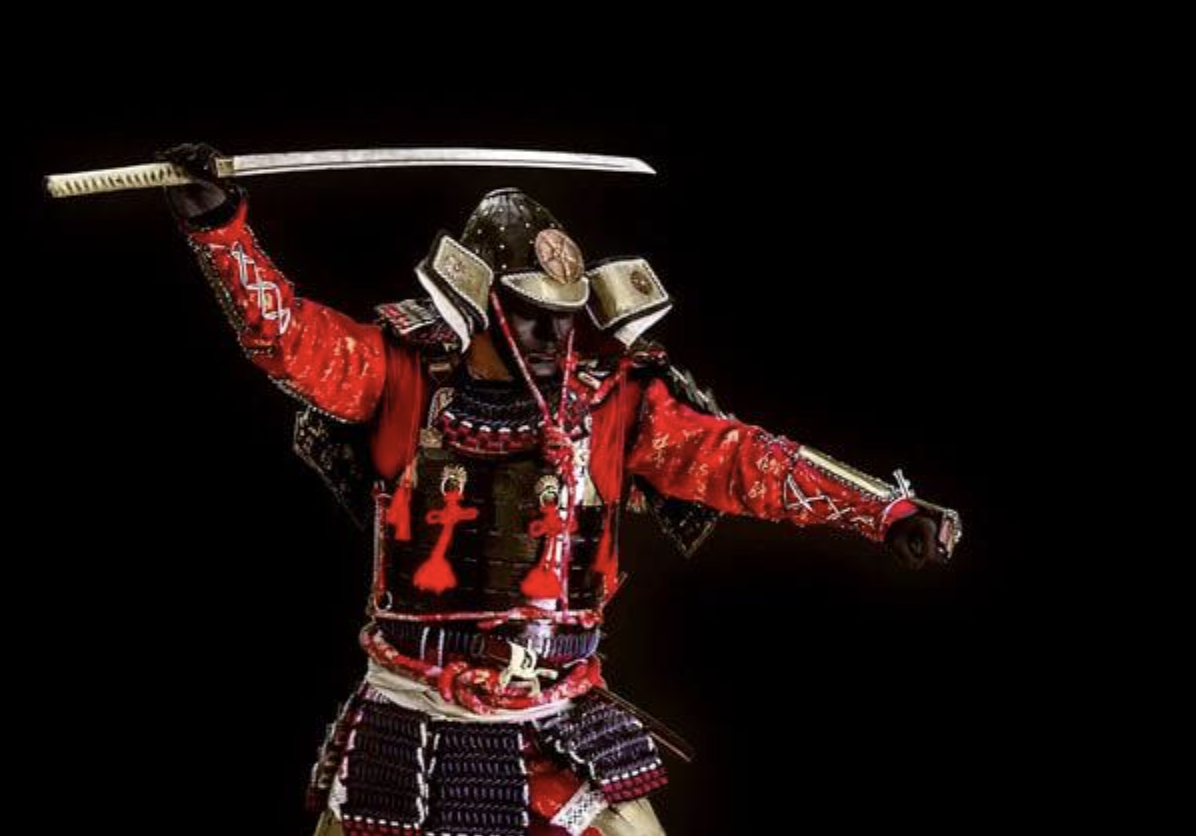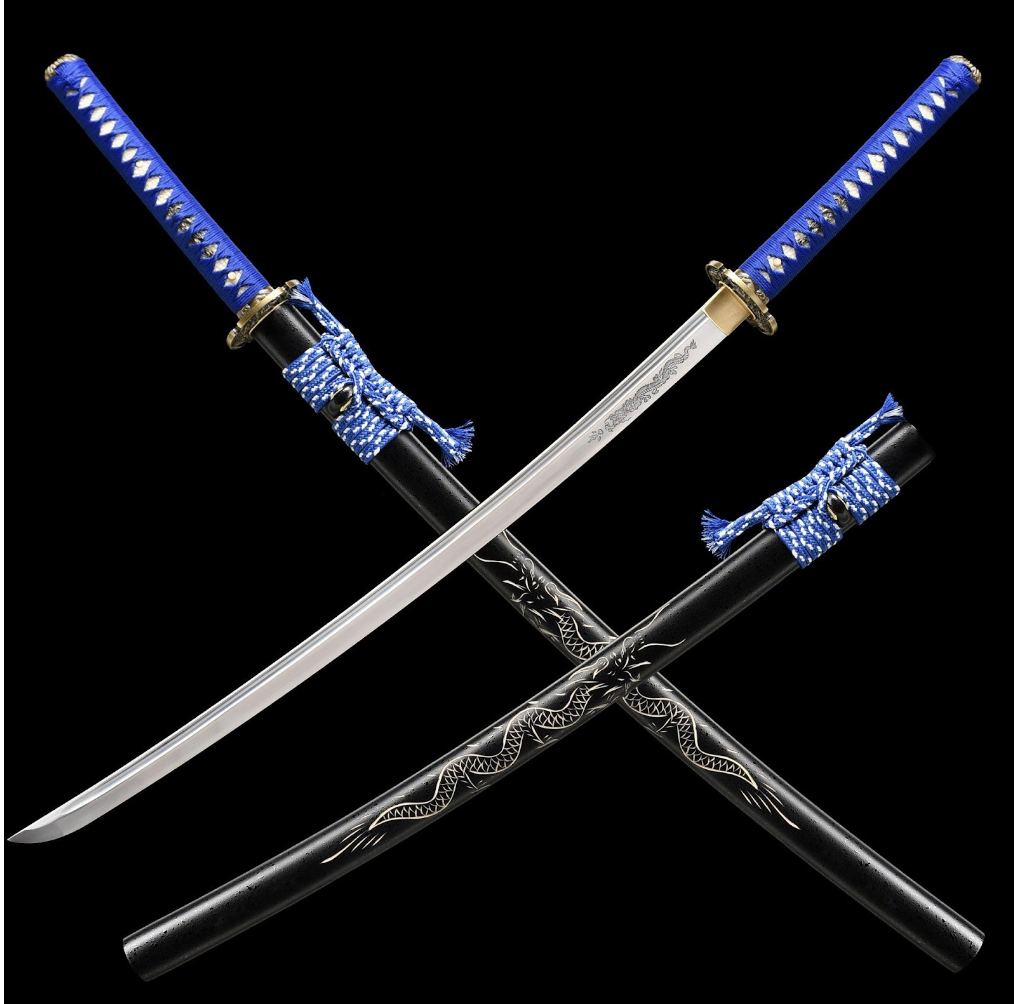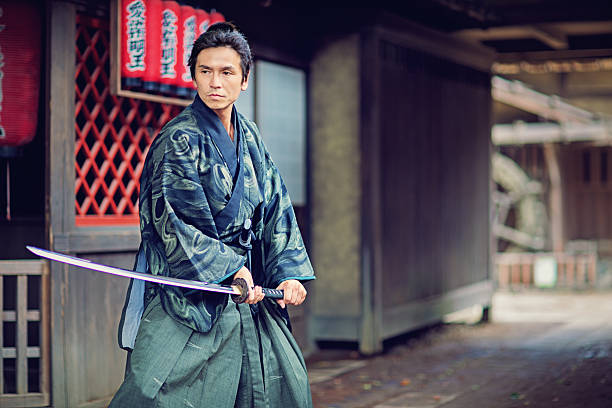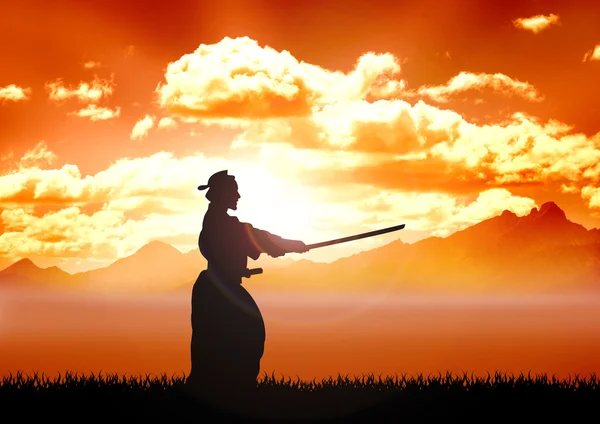Japan, its culture, and its people are unique in so many ways; they created a whole new world within our civilization, where heritage and modernity are part of each other. Samurai culture has become a benchmark of strength, resilience, and a code of honor. Let’s delve into their history and see what makes ancient tradition and core of modern culture.
1. Unbreakable moral principles
First come the rules. The moral principles of samurai go back to ancient times, yet they were first recorded in the XVII century, when the set of rules, ‘bushido’, was created.
The ‘bushido’ rules focused on the samurai’s attitude to life, behavior, and lifestyle. Though the rules evolved over time, the core principles are still used in the social-economic structure of Japan.
Bushido is a moral code, translated as ‘the way of the warrior’, which was greatly influenced by Zen Buddhism. The true warrior was always directed by eight major principles: justice, courage, compassion, respect, integrity, honor, loyalty, and self-control.
Although samurai are more of a cultural heritage nowadays, their principles are still the precepts for Japanese people, who try to build and organize their lives considering the major rules.
2. The outfit

The outfit is the reflection of an inner world and position in society.
The samurai dresses contribute to their importance and uniqueness. While now we take them as a tribute to fashion, in the past, the kimonos were symbols of samurai prestige. The was an unwritten ranking of samurai, based on the quality of the kimono – the better the silk, the better the warrior.
Another major detail of the image – the top knot, chonmage, was the symbol of pride and status. Cutting it off would signify retirement or a dramatic change in social status.
The lacquered armor was also like a piece of art, crafted individually for every warrior. Every detail had a symbolic and protecting meaning. It was of many small iron and leather scales, connected by rivets and macramé cords. Noble warriors had silk cords with specific patterns and colors of silk.
3. Katana – the soul
When you look at katana, you only see a sharply-bladed sword, yet, for samurai Katana would impersonate their soul, and thereby, was highly respected and cared for.

Katanas were a part of family tradition, shared with future generations. The longer the history, the more respect the sword had. The katanas were forged by experts; each family had their own blacksmiths, who would craft and tailor layers of ‘tamahagane’ (‘precious’) steel.
The katanas united sharpness and intrinsic beauty. Their value is recognized even today, in a world spoilt with technology and commodities; yet, true mastery will never disappear, at least in Japan.
There are three types of Katana:
- Daito – a long sword, around 60 to 80 centimeters (24 to 31 inches) in blade length. It served as the primary weapon of the samurai for combat. It is the most recognized type of katana.
- Shoto – a short sword or a companion sword, with a blade length of around 30 to 60 centimeters (12 to 24 inches). It was often used as a secondary weapon to accompany the Daito. It was a symbol of social status and readiness for all situations.
- Tanto – a short knife, with a blade length typically less than 30 centimeters (12 inches). It was used as a stabbing or self-defense weapon, or simply a warrior utility tool.
4. Female warriors
Although samurai were typically shown as men, there were a lot of women fighting along with the males; they were called Onna Bugeisha.
Women were supposed to undergo the same practises and training to reach the same level of mastery as men. They were also trained to protect their families and households while males were out. Women had to be self-sufficient fighters and protectors for their kids and elderly.
5. Well-versed nature
Apart from being a part of the military elite, samurai were highly intelligent, as life wasn’t only on the battlefield.
Samurai honed their artistic skills, like literature, art, sculpting, painting, etc. Apart from that, every military preparation center would feature a dance center, teaching soldiers the ‘sword’ or ‘kenbu dance’.
The dance routine resembles martial arts. The performance is truly mesmerizing, as apart from smooth and uninterrupted movements you simply can’t take your eyes off the katana, the main element of the dance.
6. Martial arts
Samurai managed to turn a fight into art. The main idea of the Japanese fight is based on a balanced and peaceful mindset while maintaining physical strength and agility. The fighter needs to unbalance the opponent and defend against the attack avoiding harm. Basically, they need to protect themselves by caring for the opponent as well, which is a powerful tool.
The uniqueness of Japanese culture is rooted deeply in its history and makes Japanese people distinctively different from other nations. Although Japan is a part of the Asian continent, it seems to be a whole nother world, with its own traditions, attitude to life, and perception of the world. Though every nation has its unique mentality, Japanese culture is certainly a good example to learn from.
Published by HOLR Magazine.



